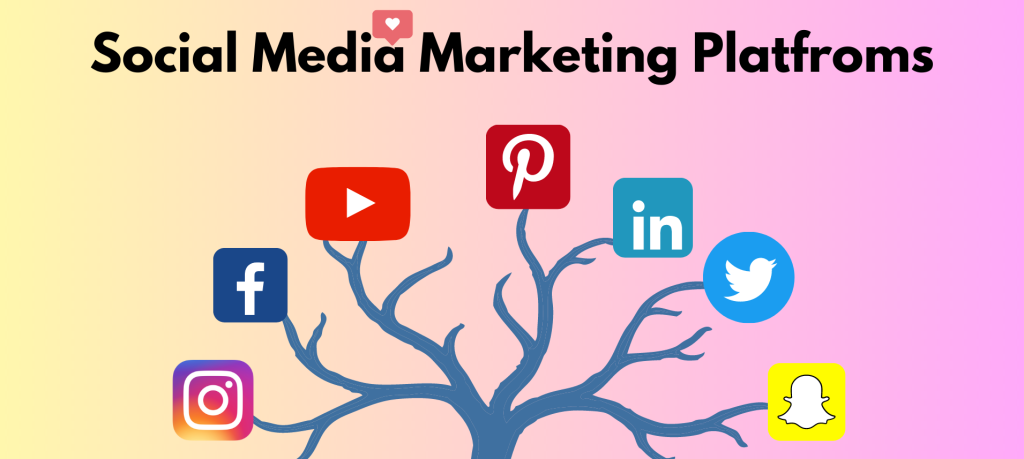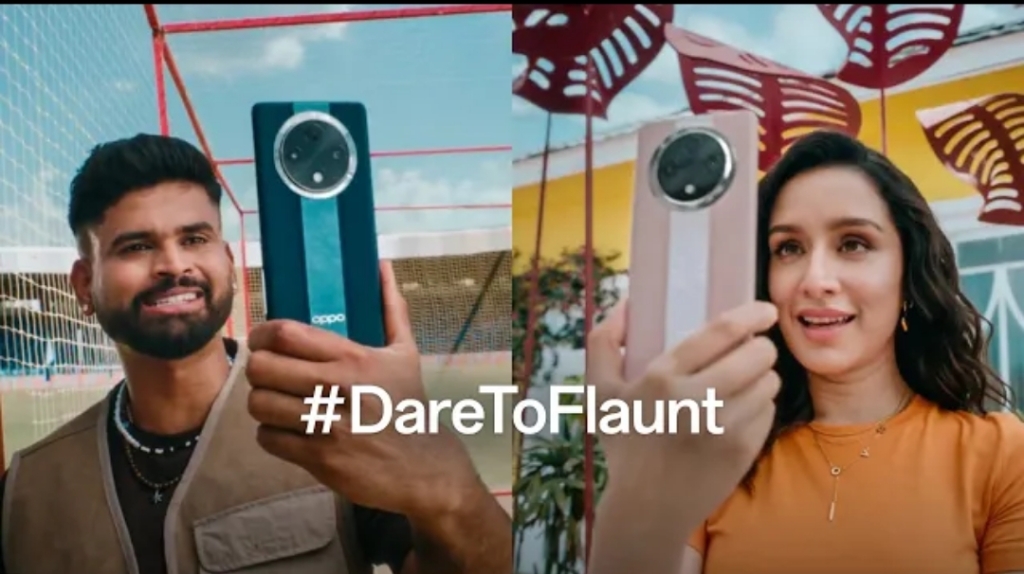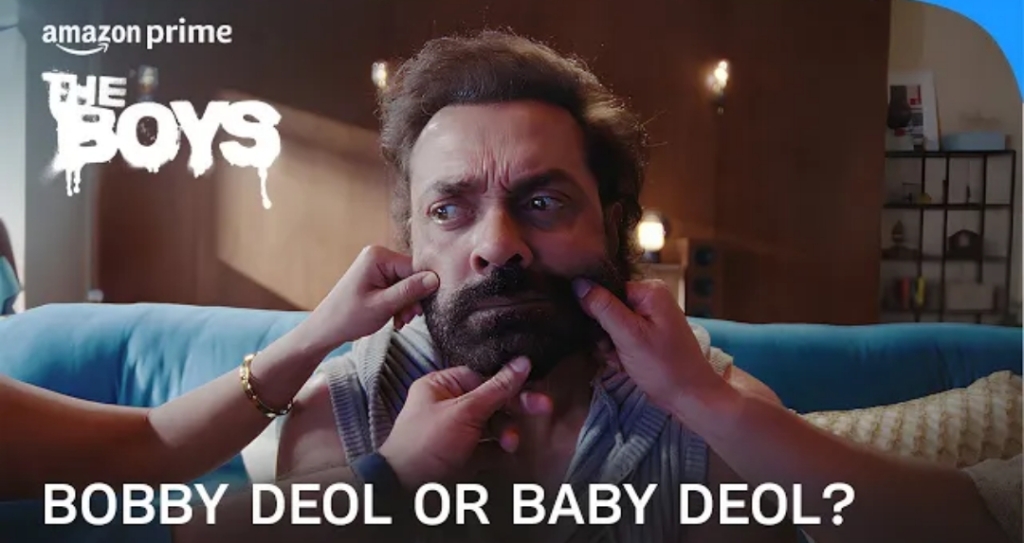The most common goals for companies worldwide are increasing brand awareness and community engagement. In the era of social media, where over half of the world’s population is already active, what better way to reach their target audience than through social media marketing?
What is Social Media Marketing?
Social Media Marketing is a part of Digital Marketing that uses Social Media apps like Instagram, Facebook, Twitter, Threads, LinkedIn, Pinterest, WhatsApp and other Marketing Tools.
Social Media Marketing (SMM) uses Social Media platforms to connect to your target audience to build brand identity, increase brand awareness, build Community Engagement, Drive website traffic and increase Sales.
Social Media Marketing Statistics
Out of the Total world population of 8 Billion, 3.78 Billion people are active on Social Media platform Monthly. On average, a US adult spends 2.25 hours on social media daily.
Facebook alone has over 2.98 billion active monthly users. With this many active users, showcasing products and services via social media apps is easy.
Social media platforms also offer ad services where you can showcase your product to your target audience by filtering Age group, Location, Interests and other aspects. As Per a report, an average Facebook user clicks on 12 ads monthly.
Nowadays, with Google, people also use social media platforms as search engines. And if they directly interact with brands via their social media pages, it helps them trust the brand and make purchase decisions.
81% of Instagram users search for products and services using the platform. 80% of Twitter users feel more positive about a brand if they get a response via a tweet.
Social Media Marketing Platforms

Facebook is one of the largest social networking sites, with people of diverse age groups who use it to communicate with friends and family.
- Facebook has 2.98 daily active users.
- The audience is an even mix of GenZ and Millennials
- Create Content like Photos, links, live streams, events
- Advertising and B2C customer connect
Instagram is a fairly new platform compared to Facebook, Twitter, LinkedIn and others, but it has taken the world by storm. Instagram is famous for its advanced E-commerce tools, and it’s very easy to buy and sell products and services via Instagram.
- Instagram has 2.35 Billion monthly active users
- The audience present on Instagram is primarily Millennials
- Create content like high-Quality Images, Videos, user-generated content, questions/poll stories, live streams, Reels
- Advertising, Influencer Marketing, E-commerce selling, B2C customer Connect
YouTube
YouTube is one of the most visited websites in the World. YouTube is an incredibly popular platform which contains content on literally every topic. Its user base is wide, ranging from teenagers to old age people.
- YouTube has 2 Billion active monthly users.
- The audience on YouTube is divided between All age people but primarily dominated by Millennials.
- The content present on YouTube is video only.
- Advertising, Influencer Marketing, SEO marketing, B2C and B2B Customer Connect
LinkedIn is a professional networking site where working professionals generally connect and build a brand for themselves. LinkedIn is becoming an inspiring community celebrating leadership and sharing industry insights.
- LinkedIn has 310 million active monthly users.
- The audience present on LinkedIn is mostly working professionals or aspiring professionals.
- The content present on LinkedIn is mostly long-form content with core values.
- Advertising, B2B Customer Connect
Twitter is a social media networking site that mostly contains thoughts, tidbits and useful discussions. People use the app to be updated with news related to brands, politics, social events and geopolitics.
- Twitter has 450 Million active users.
- The audience present on Twitter is mostly GenZ and baby boomers
- The content present on Twitter is mostly News, Discussion, and Humour
- Advertising, Influencer Marketing, Customer Service
How to Create Social Media Marketing Strategy
Small, big, and medium businesses are all on social media. If you’re an early-stage startup and want to stand out, you’ll need a strategy to stay relevant and competitive.
Following are some steps to create Social Media Marketing Strategy:
Research Audience and Create Buyer Persons
A successful Instagram or YouTube channel begins with a thorough understanding of the target audience.
If you are a company with some different USP from your competition, first, you must determine which group of people are facing problems your service can solve.
Create a buyer persona, understand their day-to-day life and determine which content can attract them to see your social media page and follow you for more engaging content.
Select Social Media Platform
For a social media marketing plan, you must have the right platform. Where your customers are already present, you just need to attract them.
For example, if you are a makeup brand with a target audience of Millennials, Instagram is the right platform. Review your buyer persona, consider their interests and behaviour, and which platform they will likely use.
There are a lot of platforms to choose some of them are as follows:
- YouTube
- Thread
- Snapchat
- Tiktok
Establish the Most Important Goal and KPI
After you have decided on the platform you want to market on, the next thing you need to decide is your goal and KPI to achieve that goal.
Every platform has some different KPI that you can look for, but mostly it is the same. Following is the list of KPIs and metrics to look for:
Reach
Reach is the number of unique users who saw your post on social media platforms. Reach is an important KPI to determine how many unique people see your content.
Clicks
Clicks are the number of clicks your post, page or account gets based on the content. It is an important KPI to track, as it helps to understand which campaign worked and which needed more thinking.
Engagement
Engagement is the number of social interactions your post or page got from users divided by the total number of impressions. It helps you to understand how people perceive and interact with the content.
Hashtag Performance
Hashtags are an important part of Social Media Marketing, as it helps users understand the topic we are posting. Tracking Hashtags help you understand which hashtags are relevant to the brand and help reach the right audience.
Likes
Likes can be of two types Organic and Paid. It helps us understand how many people interacted with our content and how many liked it. If brands find that people are not organically liking the content, they go for Ads to reach their target audience.
Conduct Competitive Analysis
After understanding your goal and before you start creating content, first have a sneak peek at your competition and understand what they are doing.
Your target audience is mostly the same as them, so you should understand what type of content gets more engagement. You should refrain from copying their strategy. Instead, come to your conclusions about what can make them interact with your content.
With competitor analysis, you can spot opportunities as well, something that you feel they are lacking and help attract new users you can implement in your brand page.
Create Unique and Engaging Content
Even if you do all the research, you have all the data. You cannot penetrate the market if your content is not unique and engaging enough.
In conclusion, all your strategy hinges on the content. To create unique content, you must have an intriguing Content Strategy.
To make a Content Strategy, you need to find your brand Voice. One of the best ways to stand out is to have a unique brand voice.
Once you have a brand voice make sure you are sticking to the theme, you created for your brand. Choose a colour palette, define reel strategies for Instagram or Video layouts for YouTube and stick to that.
You can experiment with content, see what people interact more with, give them chances to interact and offer them free giveaways and shout-outs to make them feel special.
Show your human side to users. People like it when they think it’s not just a brand. It’s beyond that. Collaborate with creators. Users get influenced by their favourite creators/influencers talking about brands and tend to use them more.
Lastly, leveraged trends. Social Media trends are a great way to create your brand identity. Make your brand stand out by taking a unique approach to trends.
Create Post Schedule
The importance of discipline and timeliness must be balanced, even for marketers. Understanding when your target audience uses social media sites is important before making a social media schedule.
Assemble your post calendar, and create your creatives beforehand to avoid last-minute changes. Post at a time when customers are more likely to engage with your content.
Engage with your customer after you post and help them with any queries they may have. Brands that value their customers’ time and inquiries are more likely to be liked by them.





Leave a comment